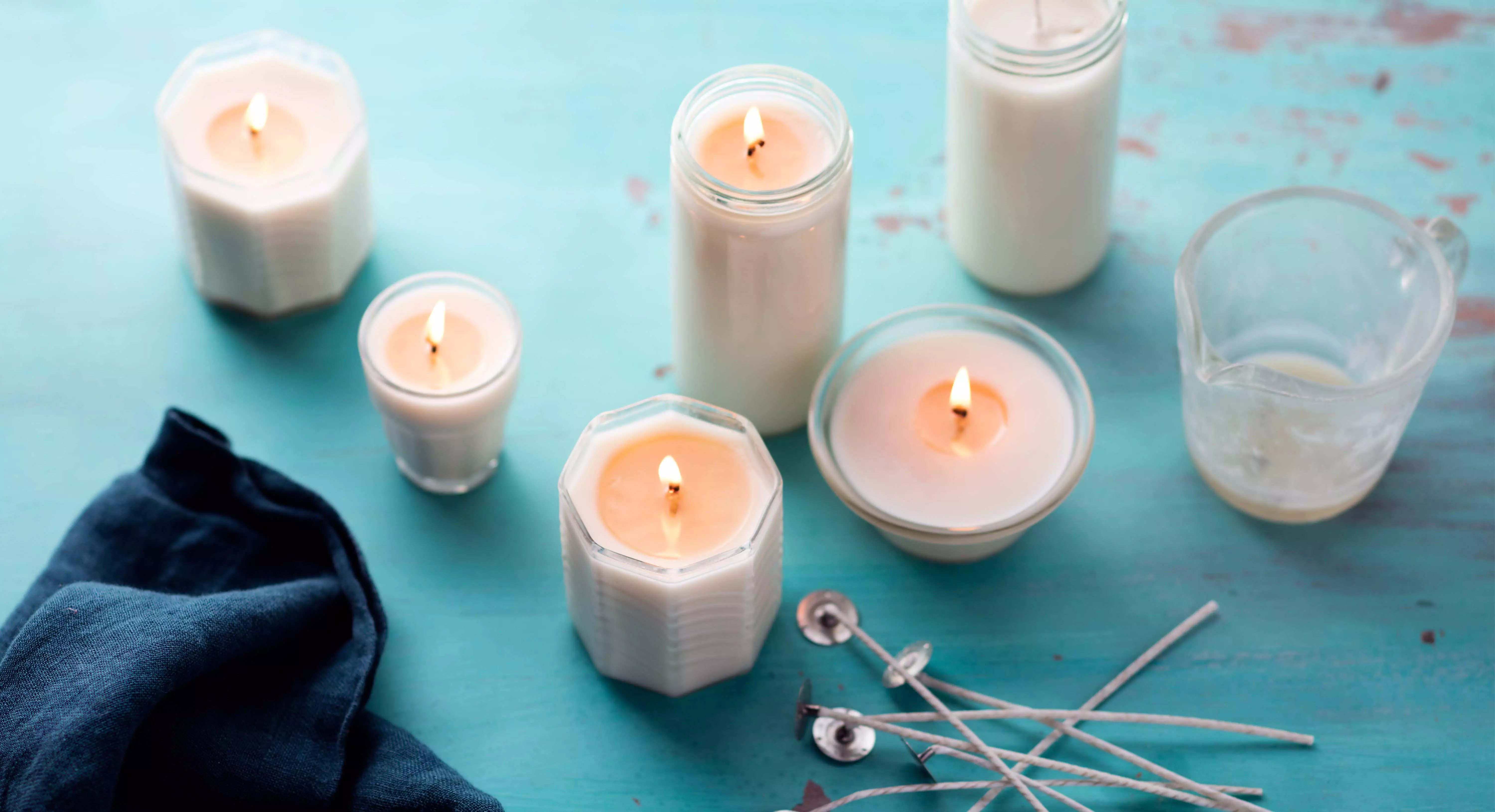

Articles
How To Make Candles
Modified: January 9, 2024
Discover the art of candle making with our informative articles. Learn step-by-step techniques, tips, and tricks to create beautiful homemade candles.
(Many of the links in this article redirect to a specific reviewed product. Your purchase of these products through affiliate links helps to generate commission for Storables.com, at no extra cost. Learn more)
Introduction
Have you ever wanted to create your own candles? Not only are homemade candles a great way to add a personal touch to your home decor, but they also make for wonderful gifts. Making candles is a creative and rewarding craft that you can easily do at home with just a few materials. Whether you’re a beginner or have some experience, this article will guide you through the step-by-step process of making your own candles.
Making candles can be a therapeutic and relaxing activity. The process of melting the wax, adding fragrance and color, and pouring it into a mold allows you to unleash your creativity and customize candles to suit your preferences. Plus, the added bonus of a beautiful, homemade candle glowing in your space creates an inviting ambience.
Before we dive into the process, let’s take a look at the materials you’ll need to get started.
Key Takeaways:
- Unleash your creativity and personalize your space by making homemade candles. Enjoy the therapeutic process and create unique, beautiful candles that reflect your style and preferences.
- Share the joy of candle making by gifting your handmade creations. Embrace safety, enjoy the soothing ambiance, and bask in the warm glow of your personalized candles.
Read more: How To Make A Candle From Old Candles
Materials Needed
Before you begin making your own candles, it’s important to gather all the necessary materials. Having everything prepared in advance will make the process much smoother. Here are the materials you’ll need:
- Wax: Choose a type of wax that is suitable for candle making. Some popular options include soy wax, beeswax, and paraffin wax. Make sure to read the instructions on the wax package for melting recommendations.
- Wick: Select a wick that is appropriate for the size of your candle. Pre-tabbed wicks are a popular choice as they come with a metal base that makes anchoring the wick easier.
- Container or molds: Decide whether you want to make container candles or shaped candles. If you opt for container candles, you’ll need heat-resistant glass jars or tins. For shaped candles, you’ll need molds made from metal, silicone, or other suitable materials.
- Fragrance oils or essential oils: To add a delightful scent to your candles, choose fragrance oils or essential oils of your preference. Make sure they are suitable for candle making and follow the recommended scent load for the type of wax you’re using.
- Dye or color chips: If you want to add color to your candles, you’ll need dye or color chips specifically made for candle making. These come in various shades, allowing you to customize the color of your candles.
- Double boiler or melting pot: A double boiler setup or a dedicated melting pot will be needed to melt the wax. Alternatively, you can use a heat-resistant container placed inside a pot filled with water.
- Thermometer: It’s important to monitor the temperature of the wax while melting and pouring. A thermometer specifically designed for candle making will help you ensure the wax reaches the right temperature.
- Stirring utensil: Choose a heat-resistant stirring utensil such as a wooden spoon or a silicone spatula to mix the fragrance oils, color, and wax.
- Heat-resistant surface: Find a safe and heat-resistant surface to place your containers or molds on while pouring the wax and allowing it to cool.
Gathering all these materials will ensure that you’re fully prepared to embark on your candle making journey. Once you have everything ready, it’s time to move on to the step-by-step process of making your candles.
Step 1: Choosing Wax
When it comes to candle making, selecting the right wax is crucial. There are several types of wax to choose from, each with its own unique characteristics. Here are some popular options:
- Soy Wax: Soy wax is a popular choice among candle makers because it is natural, renewable, and environmentally friendly. It has a clean burn and excellent scent throw, meaning it can carry fragrance oils well. Soy wax candles also tend to have a longer burn time.
- Beeswax: Beeswax is another natural wax that is known for its warm glow and natural honey-like scent. It burns slowly, producing a beautiful and clean flame. Beeswax candles are often considered premium candles due to their high-quality and natural properties.
- Paraffin Wax: Paraffin wax is a versatile and widely used wax in candle making. It is affordable and readily available. Paraffin wax candles have a long burn time and can hold a high concentration of fragrance oils. However, it is a petroleum-based wax, which some individuals may prefer to avoid for environmental reasons.
- Blended Wax: Blended waxes, such as soy-paraffin blends, combine the benefits of different types of wax. They can offer the advantages of soy wax, such as clean burning and good scent throw, while still maintaining the ease of use and affordability of paraffin wax.
Consider factors such as burn time, scent throw, eco-friendliness, and personal preferences when choosing the type of wax for your candles. Some waxes may require specific melting temperatures, so be sure to read and follow the instructions provided by the manufacturer.
Additionally, you may also find pre-blended container wax or pillar wax options that are specifically designed for a certain type of candle. These waxes have been formulated for optimal performance in containers or molded candles, making them a convenient choice.
Now that you’ve chosen the wax for your candles, you’re ready to move on to the next step: selecting a wick.
Step 2: Selecting a Wick
Choosing the right wick is essential for a successful candle. The wick plays a crucial role in how your candle burns, including the size of the flame, the burn pool, and the overall performance. Here are some factors to consider when selecting a wick:
- Candle Size: The size of your candle will determine the thickness and length of the wick needed. Larger candles require thicker and longer wicks to ensure proper candle burning. On the other hand, smaller candles will need thinner and shorter wicks.
- Wax Type: Different waxes have different melting and burning characteristics, so you’ll want to choose a wick that is suitable for the type of wax you’re using. Some wicks are specifically designed for soy wax, while others work better with paraffin or blended waxes.
- Container or Mold: If you’re making container candles, you’ll need to select wicks that are appropriate for container candle making. These wicks are often pre-tabbed, meaning they have a metal base that helps with the anchoring process. If you’re making molded candles, choose wicks that are suitable for that specific type of candle.
- Burn Time: Consider the desired burn time for your candles. Certain wicks are designed to provide longer burn times, while others are better suited for shorter burn times.
- Test Burns: It’s always a good idea to conduct test burns with different wicks to determine the optimal choice for your candles. This involves burning small test candles and observing factors such as flame height, smoke, and soot.
Keep in mind that there is no one-size-fits-all solution when it comes to wick selection. It may require some experimentation and testing to find the perfect wick for your specific candle-making project. It’s also worth noting that wick sizes are typically indicated by numbers, with larger numbers representing thicker wicks.
Once you’ve chosen the appropriate wick for your candle, you’re ready to move on to the next step: adding fragrance and color to your wax.
Step 3: Adding Fragrance and Color
Adding fragrance and color to your candles is a wonderful way to enhance their aesthetics and create a delightful sensory experience. Here’s how you can add fragrance and color to your wax:
- Fragrance Oils: Fragrance oils are specially formulated scents that are designed for candle making. They come in a wide variety of options, allowing you to choose your favorite aromas. When adding fragrance oils to your wax, it’s important to follow the recommended scent load provided by the manufacturer. This ensures that the scent is not too overpowering or weak in the final candle.
- Essential Oils: If you prefer natural scents, you can use essential oils instead of fragrance oils. Essential oils are derived from botanical sources and offer a wide range of aromatherapeutic benefits. However, it’s important to note that not all essential oils are suitable for candle making, as some may have a low flash point or could produce unwanted effects when burned. Research and choose essential oils that are safe for candle use.
- Dyes or Color Chips: To add color to your candles, you can use liquid dyes or color chips specifically made for candle making. Liquid dyes offer a wide range of color options and are easily mixable to achieve custom shades. Color chips are convenient and pre-measured colorants that can be added directly to the melted wax, eliminating the need for additional mixing.
- Mixing the Fragrance and Color: When it comes to adding fragrance and color to your wax, timing is important. For fragrance oils, it’s usually recommended to add them when the wax has reached a certain temperature, usually between 170-180°F (76-82°C). This helps retain the integrity of the fragrance. For dyes or color chips, follow the instructions provided by the manufacturer for the recommended melting temperature and stirring process.
Always remember to stir the fragrance and color into the melted wax thoroughly to ensure even distribution. The amount of fragrance or color you add can vary depending on your personal preference and the desired strength of the scent or color in the final candle.
Now that you’ve added fragrance and color to your wax, it’s time to move on to the next step: melting the wax.
Read more: How To Make Candles With Herbs
Step 4: Melting the Wax
Now that you have chosen your wax and added fragrance and color, it’s time to melt the wax. Properly melting the wax is crucial for achieving smooth and even candles. Follow these steps to melt your wax:
- Prepare Your Double Boiler: If you don’t have a specialized melting pot, you can create a makeshift double boiler. Fill a larger pot with water and place a smaller heat-resistant container or melting pot inside. Make sure the water level is not too high that it can overflow into the melting container.
- Measure and Add the Wax: Measure the amount of wax you need based on the size of your container or mold. Cut or break the wax into smaller pieces to facilitate melting. Place the wax pieces into the melting container.
- Heat at the Appropriate Temperature: Turn on the heat and allow the water in the larger pot to boil. Monitor the temperature of the wax with a thermometer. The recommended melting temperature may vary depending on the type of wax you are using. Refer to the instructions provided with your wax for the correct temperature range.
- Stir Occasionally: As the wax melts, gently stir it occasionally to ensure even heating and prevent any clumps or uneven melting.
- Be Patient: The melting process can take some time, depending on the amount of wax you’re melting and the heat source. Avoid rushing the process by increasing the heat, as this can lead to uneven melting or scorching of the wax.
It’s important to note that different waxes have different melting points, so be sure to follow the instructions provided with your specific wax. Additionally, exercise caution when handling hot wax to avoid any accidents and ensure your safety.
Once your wax has melted completely, it’s time to prepare the mold or container for pouring. This leads us to the next step: preparing the mold.
Step 5: Preparing the Mold
Now that your wax is melted and ready to be poured, it’s essential to prepare the mold or container you’ll be using for your candle. Here’s how to properly prepare the mold:
- Clean and Dry: Ensure that the mold or container you’re using is clean and dry. Any residue or moisture can affect the final appearance and quality of your candle.
- Secure the Wick: If you’re making a container candle, you’ll need to secure the wick at the bottom center of the container. You can use a wick sticker or a dab of melted wax to anchor the wick in place. Make sure the wick is straight and centered to ensure an even burn.
- Use Release Agent (for Shaped Candles): If you’re making shaped candles using molds, it’s important to use a release agent before pouring the wax. This helps prevent the candle from sticking to the mold and makes it easier to remove once it has hardened. Some common release agents include mold release spray, vegetable oil, or a light coating of petroleum jelly.
- Place the Mold: Position the mold or container on a heat-resistant surface that is stable and level. This will prevent any accidents or spills while pouring the wax.
By taking the time to properly prepare the mold or container, you’ll ensure that your candle comes out smoothly and is easy to remove once it has solidified. Now that the mold is ready, it’s time to move on to the exciting part – pouring the wax!
When making candles, ensure that you measure the wax and fragrance oil carefully to achieve the desired scent throw. Too much or too little can affect the quality of the candle.
Step 6: Pouring the Wax
With your mold or container properly prepared, it’s time to pour the melted wax into it. Follow these steps to ensure a clean and successful pour:
- Get Ready: Place a heat-resistant pouring pitcher or a ladle with a spout inside the melting container for easier and controlled pouring of the wax.
- Slow and Steady: Slowly pour the melted wax into the mold or container. Start at the center and pour in a controlled manner to avoid spillage or overfilling. Take your time to ensure an even and smooth pour.
- Leave Space: For container candles, leave some space at the top, typically around ½ to 1 inch (1.3 to 2.5 cm), to allow for proper expansion and to prevent overflow when the candle burns. For shaped candles, fill the mold up to the desired level, ensuring you leave enough room for the wick.
- Avoid Disturbing the Wick: Take care not to disturb the wick while pouring the wax. Keep it centered and straight to ensure a proper burn later on.
- Hold the Wick: If you’re pouring multiple candles in the same container or mold, use a wick holder or a clothespin to keep the wicks in place and prevent them from falling into the wax while it cools and solidifies.
Remember to work safely and attentively while pouring the wax to avoid any accidental spills or burns. Once the wax is poured, let it cool and solidify completely before moving on to the next step.
Now that you’ve successfully poured the wax, it’s time to move on to the next step: inserting the wick.
Step 7: Inserting the Wick
Now that you have poured the wax into the mold or container, it’s time to insert the wick. Properly inserting the wick ensures it remains centered and secure as the candle solidifies. Follow these steps to insert the wick:
- Prepare the Wick: Trim the wick to your desired length, leaving a few inches (about 5-6 cm) above the surface of the cooled wax. This extra length will allow for easy lighting and trimming later on.
- Make a Hole (for Container Candles): If you’re making a container candle, use a skewer or a pencil to create a small hole in the center of the solidified wax. Insert the trimmed end of the wick into the hole, ensuring it reaches the bottom of the container.
- Secure the Wick (for Shaped Candles): If you’re making shaped candles using molds, you’ll need to secure the wick in place. Gently thread the trimmed end of the wick through the small hole at the bottom of the mold. Tie a small knot or use a wick sustainer to hold the wick in place.
- Center the Wick: Carefully adjust the position of the wick, ensuring it remains centered as the candle cools and solidifies. This will ensure an even burn when the candle is lit.
- Use Wick Centering Devices (Optional): To keep the wick perfectly centered, you can use wick centering devices. These devices are placed on top of the mold or container and hold the wick in place while the candle sets.
By following these steps, you’ll be able to insert the wick correctly, ensuring a successful and functional candle. Once the wick is secure, it’s time to allow the candle to cool and solidify completely before moving on to the next step.
Now that the wick is inserted, you’re almost there! The next step involves letting the candle cool and harden, so you can enjoy your homemade creation.
Read more: How To Make Carved Candles
Step 8: Letting the Candle Cool
After pouring the melted wax and inserting the wick, it’s important to allow the candle to cool and solidify completely. Cooling is a crucial step to ensure that the candle sets properly and retains its desired shape. Here’s how to let the candle cool:
- Settle the Candle: Place the mold or container in a cool and undisturbed area where it won’t be exposed to direct sunlight or drafts. This will help prevent any fluctuations in temperature that could affect the cooling process.
- Patiently Wait: The cooling process can take several hours, depending on the size and type of candle. Be patient and resist the temptation to touch or move the candle until it is fully cooled. Moving the candle prematurely can result in uneven solidification and distorted shapes.
- Avoid Speeding Up Cooling: Although it might be tempting to put the candle in the refrigerator or freezer to speed up the cooling process, it’s best to let the candle cool naturally at room temperature. Rapid cooling can lead to uneven cooling, cracking, or other imperfections in the candle.
- Check for Solidification: Once the candle appears completely solid and no longer feels warm to the touch, you can do a quick check to see if it’s ready. Gently press your finger on the surface of the candle. If it feels firm and doesn’t leave an impression, the candle has likely cooled and solidified.
Remember, the cooling time can vary, so it’s important to check the readiness of your specific candle. Once the candle is completely cooled and solidified, you can proceed to the next step: trimming the wick.
Allowing the candle to cool properly ensures the best performance and longevity of your homemade candle. So, take your time and enjoy the anticipation of unveiling your finished creation.
Step 9: Trimming the Wick
After your candle has fully cooled and solidified, it’s time to trim the wick before lighting it. Trimming the wick helps promote a clean and even burn, prevents excessive smoke, and reduces the risk of the flame flickering or creating soot. Follow these steps to trim the wick:
- Prepare Your Trimming Tools: Gather a pair of scissors, wick trimmers, or a candle wick trimmer specifically designed for this purpose. These tools make it easier to achieve clean and precise cuts.
- Pick the Right Length: The ideal length for a wick is typically around ¼ inch (0.6 cm). Measure this length by using a ruler or the built-in measurement guide on your wick trimmers.
- Examine the Wick: Take a close look at the wick and ensure there are no charred or excess debris particles on it. If you see any, gently remove them with your fingertips or a soft cloth.
- Position and Trim: Hold the candle steady with one hand while using your other hand to position the trimming tool just above the surface of the wax. Carefully trim the wick to the desired length, making a straight cut. Be cautious not to cut it too short, as an extremely short wick may be difficult to ignite.
- Discard the Wick Trimmings: Collect the trimmed wick remnants and dispose of them properly. A small waste bin or tissue can be used for this purpose.
Trimming the wick is an important step to maintain the optimal performance of your candle. Regularly trimming the wick before each lighting will help ensure a safe and enjoyable burning experience.
Now that the wick has been trimmed, it’s time to move on to the final step: enjoying your homemade candle!
Step 10: Enjoying Your Homemade Candle
Congratulations! You’ve successfully gone through the process of making your own candle. Now it’s time to sit back, relax, and enjoy the warm glow and soothing aroma of your homemade creation. Here are some tips for getting the most out of your candle:
- Find the Perfect Spot: Choose a suitable location in your home to place your candle. Whether it’s a cozy corner, a relaxing bath, or a dining table centerpiece, find a spot where you can fully appreciate the ambiance it creates.
- Follow Burn Time: When lighting your candle, let it burn for a sufficient amount of time to ensure a full melt pool forms across the surface. This helps prevent tunneling and uneven burning. Follow the recommended burn time provided by the manufacturer to maximize your candle’s lifespan.
- Trim the Wick Regularly: Before each lighting, remember to trim the wick to the proper length to ensure a clean burn. This helps maintain a steady flame and prevents excessive smoke or soot.
- Don’t Leave Unattended: Never leave a burning candle unattended. Keep an eye on the flame and ensure it is away from flammable objects, drafts, or curious pets or children.
- Experiment with Scents: If you’ve added fragrance oils or essential oils to your candle, have fun exploring different scents and combinations. From calming lavender to refreshing citrus, there are endless aroma possibilities to create the desired atmosphere.
- Give as Gifts: You can share the joy of candle making by gifting your homemade candles to friends and loved ones. Wrap them in beautiful packaging or create custom labels to add a personal touch.
- Reap the Relaxing Benefits: Candles can create a calming and soothing environment. Take advantage of their ambiance to unwind, meditate, or create a peaceful atmosphere during self-care routines.
Remember, with proper care and attention, your handmade candles will provide hours of enjoyment and cozy ambiance. So sit back, light your candle, and bask in the warm glow and delightful fragrance.
With Step 10 completed, you have successfully completed the process of making and enjoying your homemade candle. Congratulations on your creative and rewarding candle-making journey!
Happy candle burning!
Conclusion
Making your own candles is a fulfilling and creative endeavor that allows you to add a personal touch to your living space and create a soothing ambiance. By following the step-by-step process outlined in this article, you have learned how to choose the right wax, select a suitable wick, add fragrance and color, melt the wax, prepare the mold, pour the wax, insert the wick, let the candle cool, trim the wick, and finally, enjoy the fruits of your labor.
Through careful selection of materials and attention to detail, you can create unique and beautiful candles that reflect your personal style and preferences. From the scent and color to the shape and size, each candle is a work of art that adds warmth and charm to any space.
Remember to always prioritize safety when working with hot wax and open flames. Keep a close watch on burning candles and follow proper burning guidelines to ensure a pleasant and secure experience.
Not only can you enjoy the candles you create for yourself, but you can also share the joy with others by gifting your homemade creations to friends and family. Handmade candles make for thoughtful and personalized gifts that will bring warmth and happiness to the recipients.
So, embrace your creativity, unleash your imagination, and dive into the world of candle making. With practice and experimentation, you’ll develop your own techniques and create candles that are truly one-of-a-kind.
Now that you have the knowledge and skills, it’s time to embark on your candle-making journey. Enjoy the satisfaction of crafting something beautiful and functional with your own hands, and savor the soothing glow and aromatic ambiance that comes with burning your very own homemade candles.
Happy candle making!
Frequently Asked Questions about How To Make Candles
Was this page helpful?
At Storables.com, we guarantee accurate and reliable information. Our content, validated by Expert Board Contributors, is crafted following stringent Editorial Policies. We're committed to providing you with well-researched, expert-backed insights for all your informational needs.
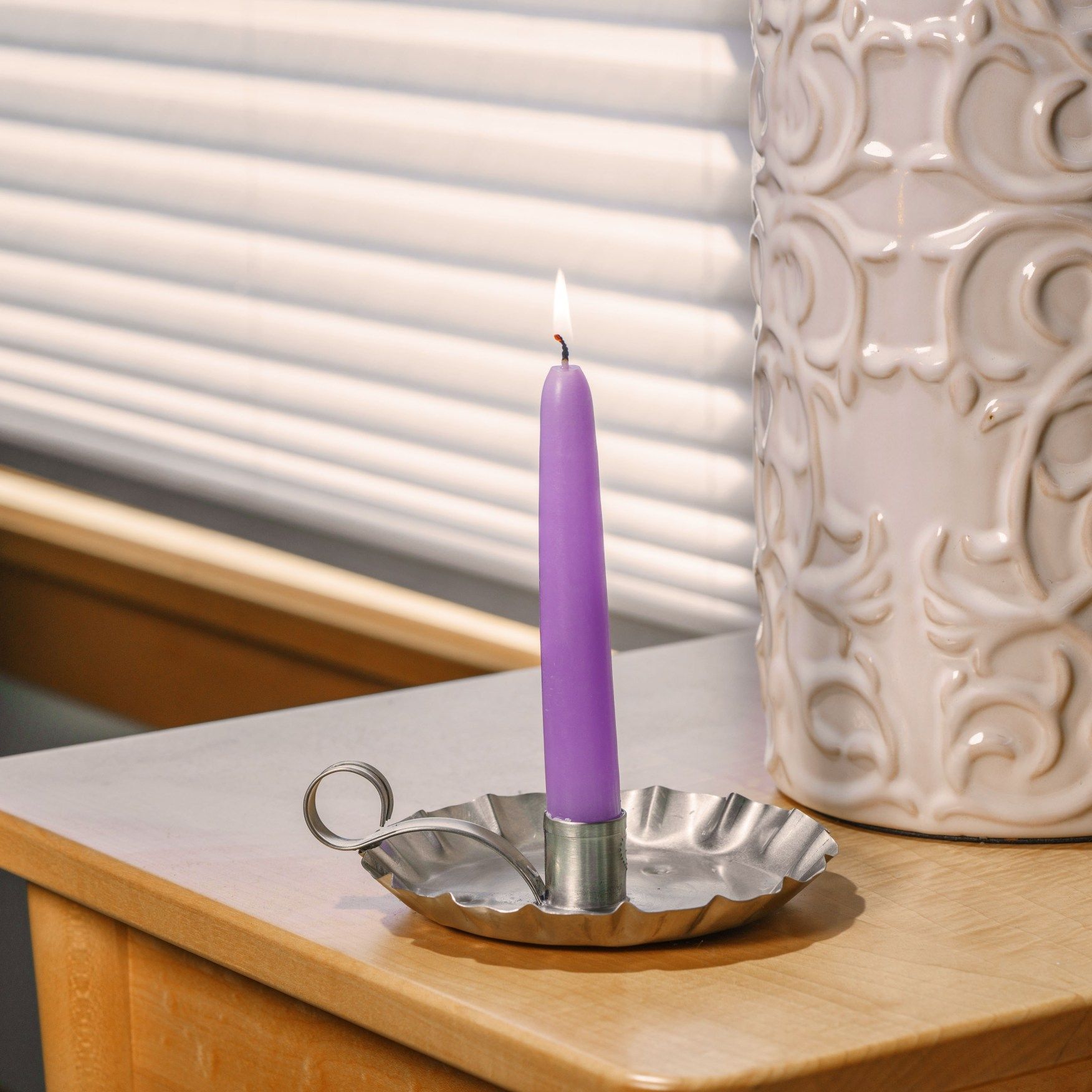
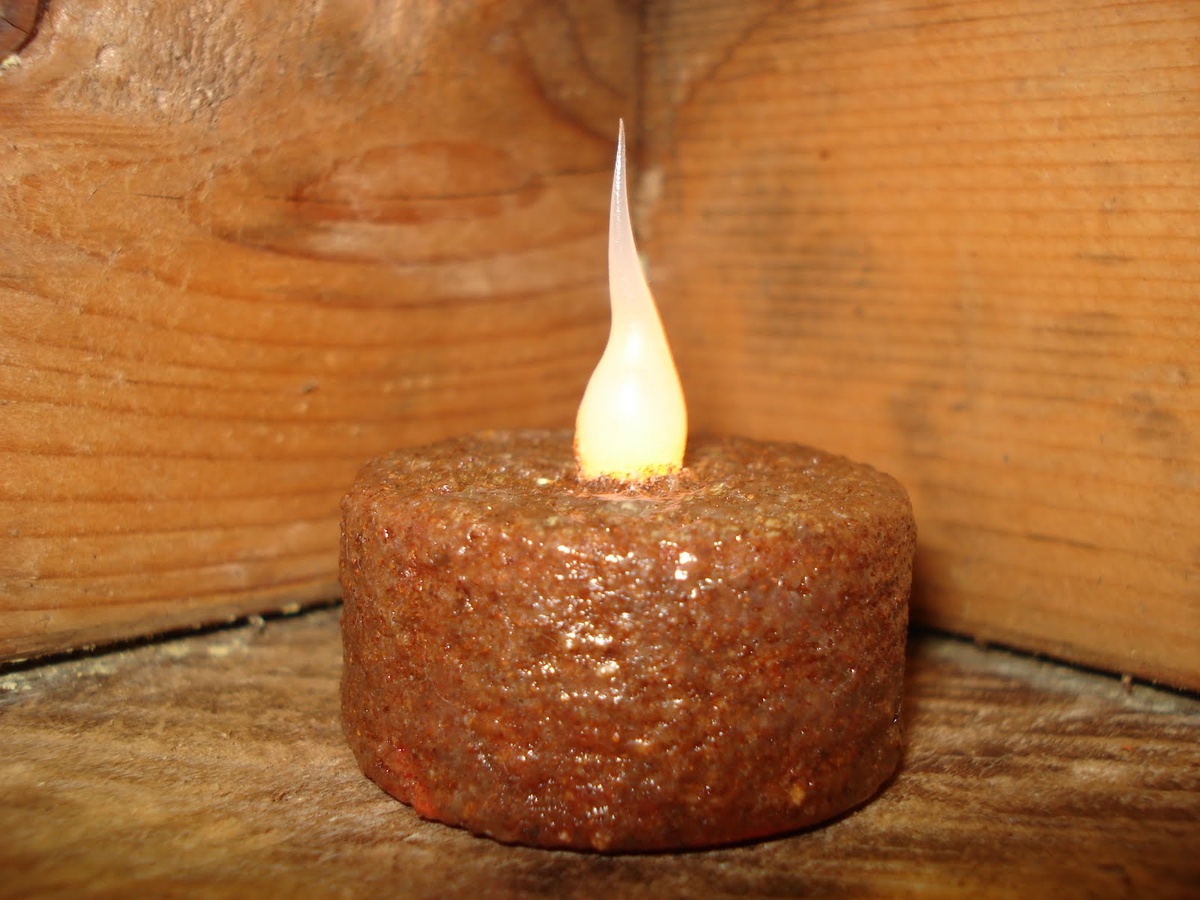
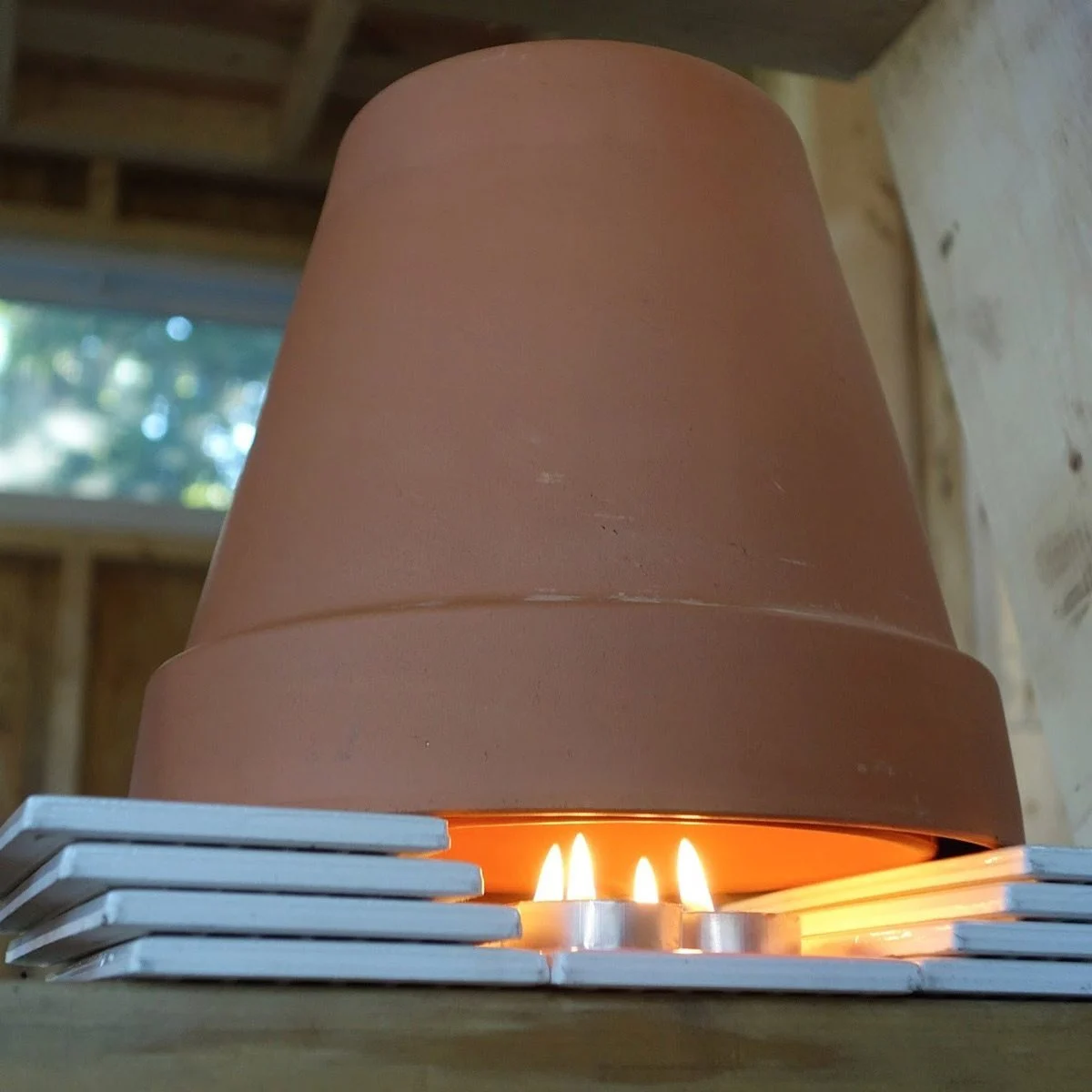
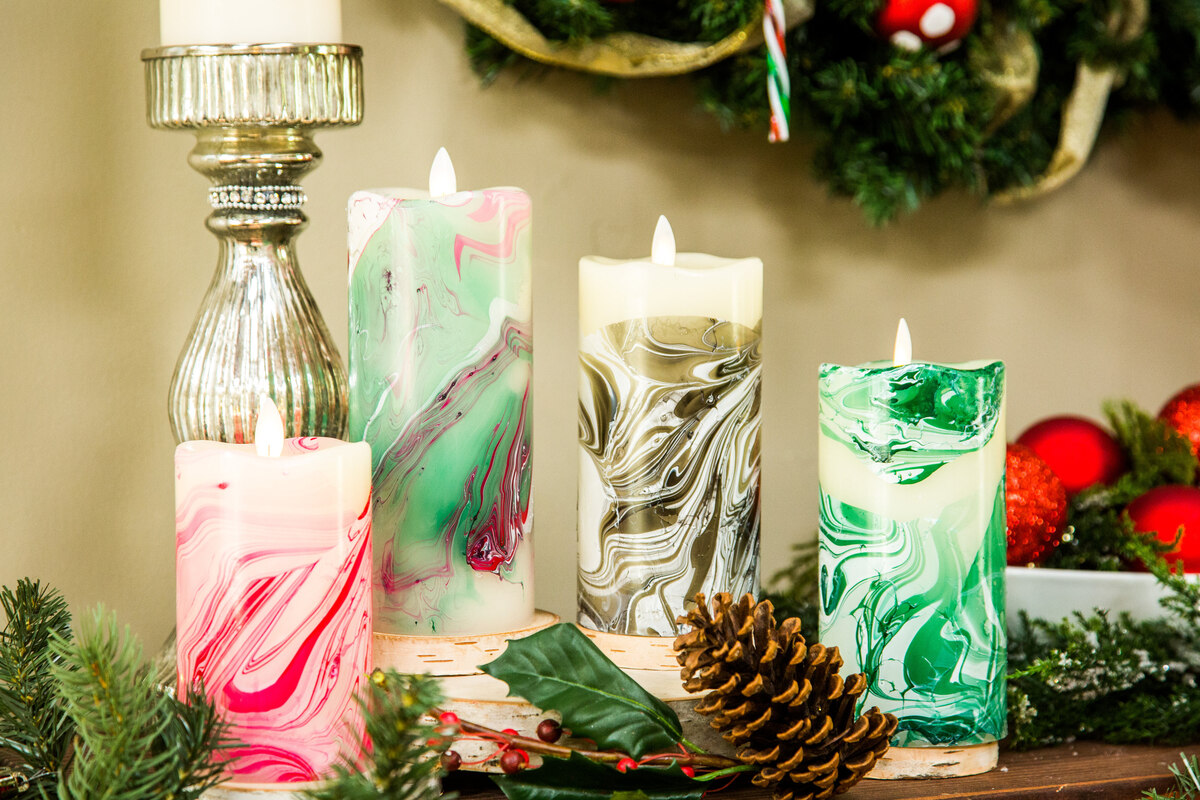
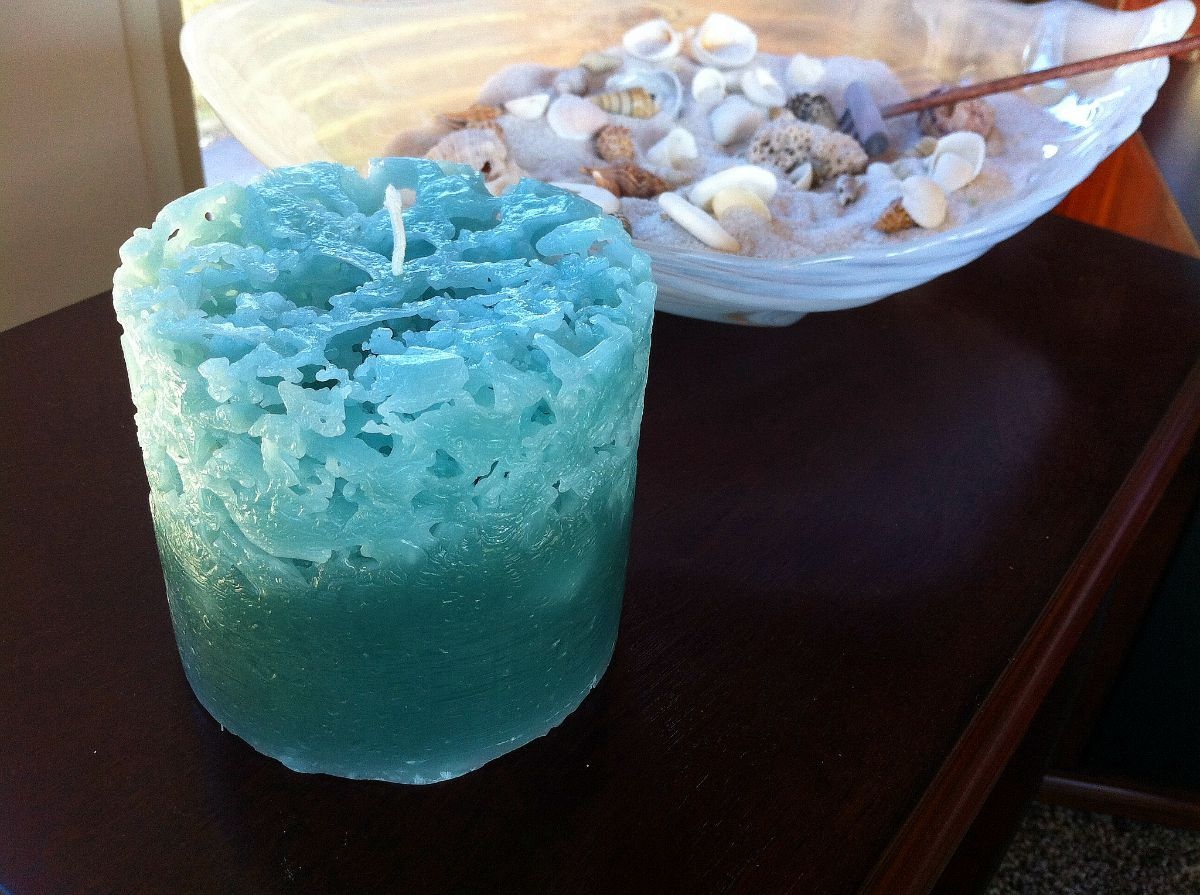
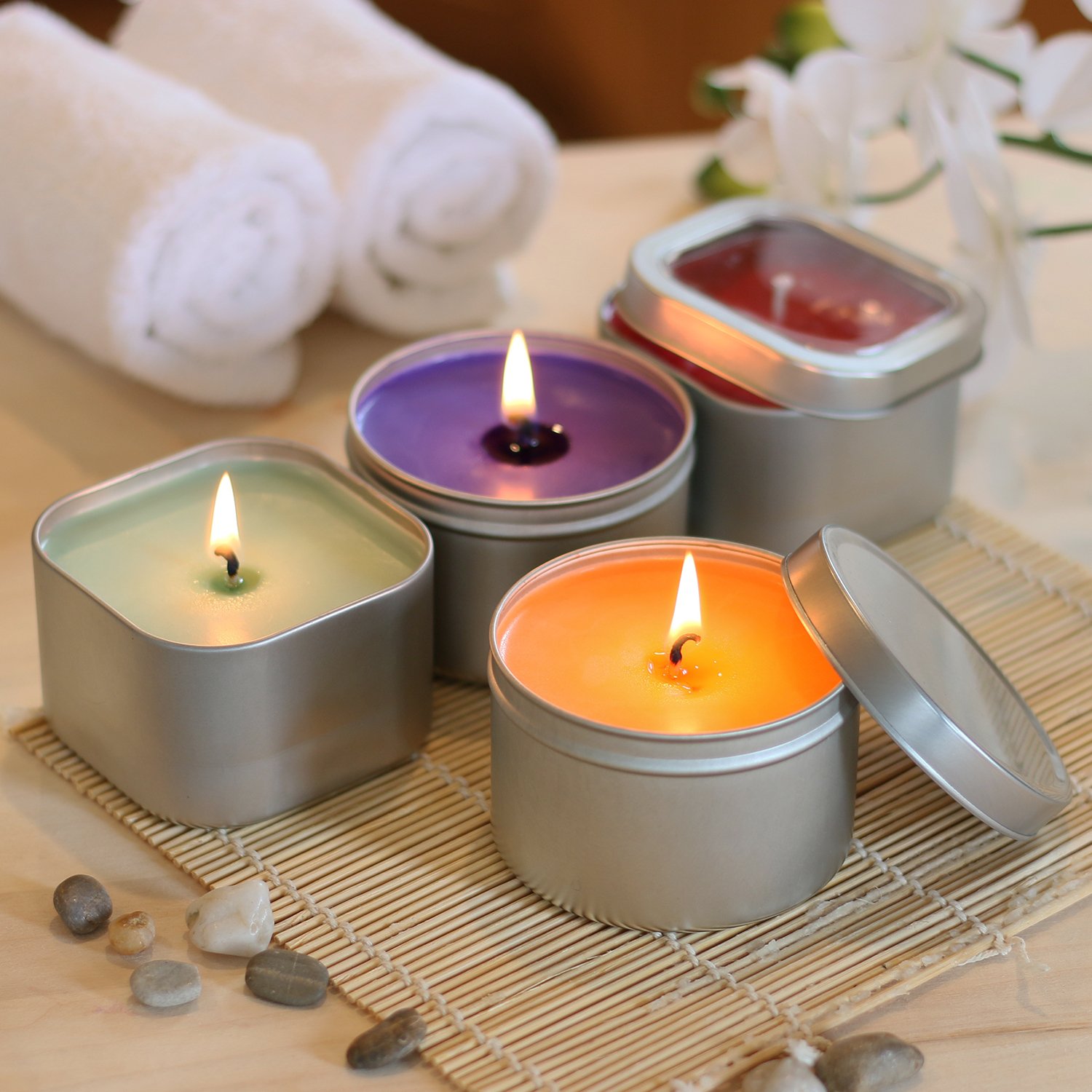

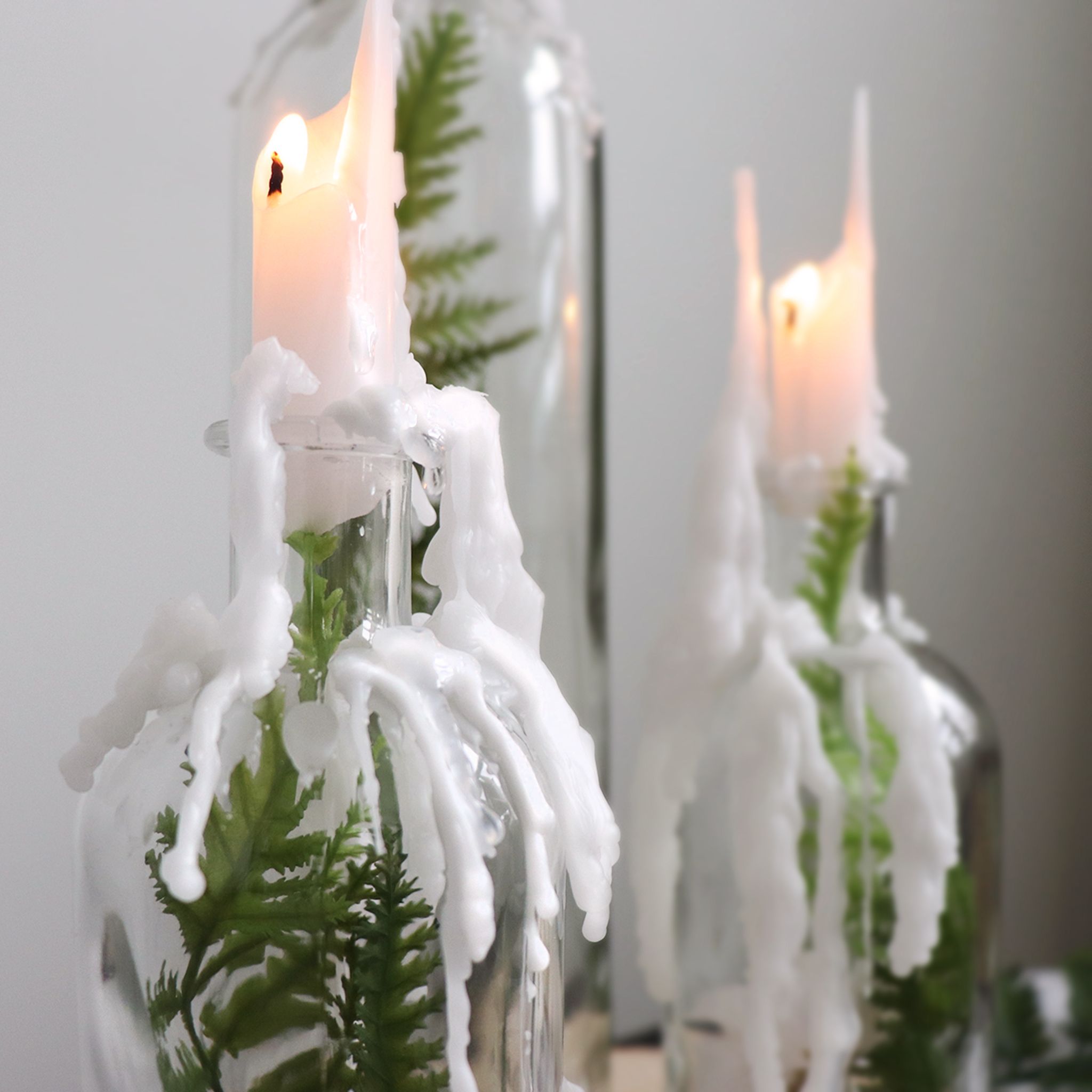
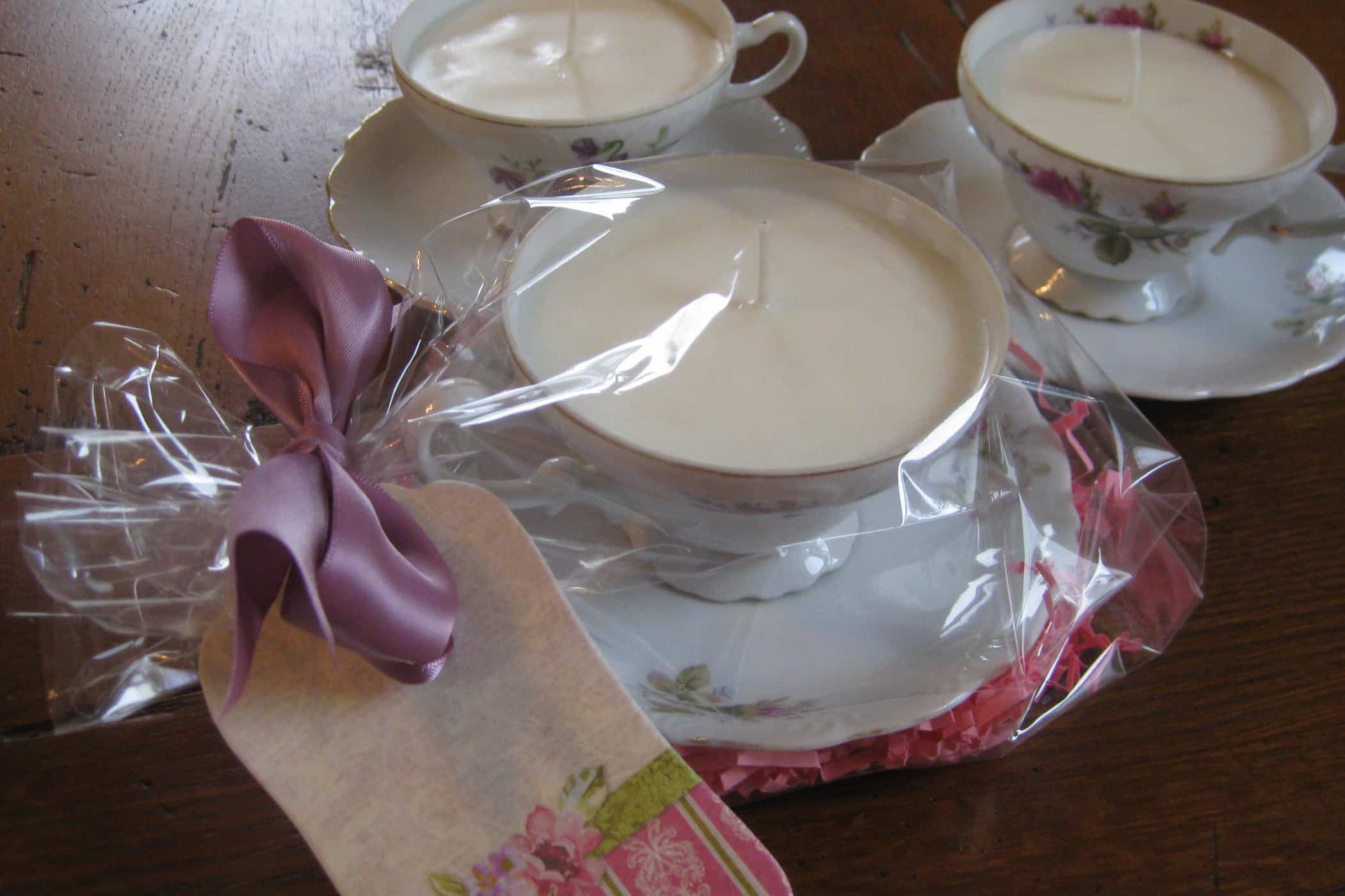
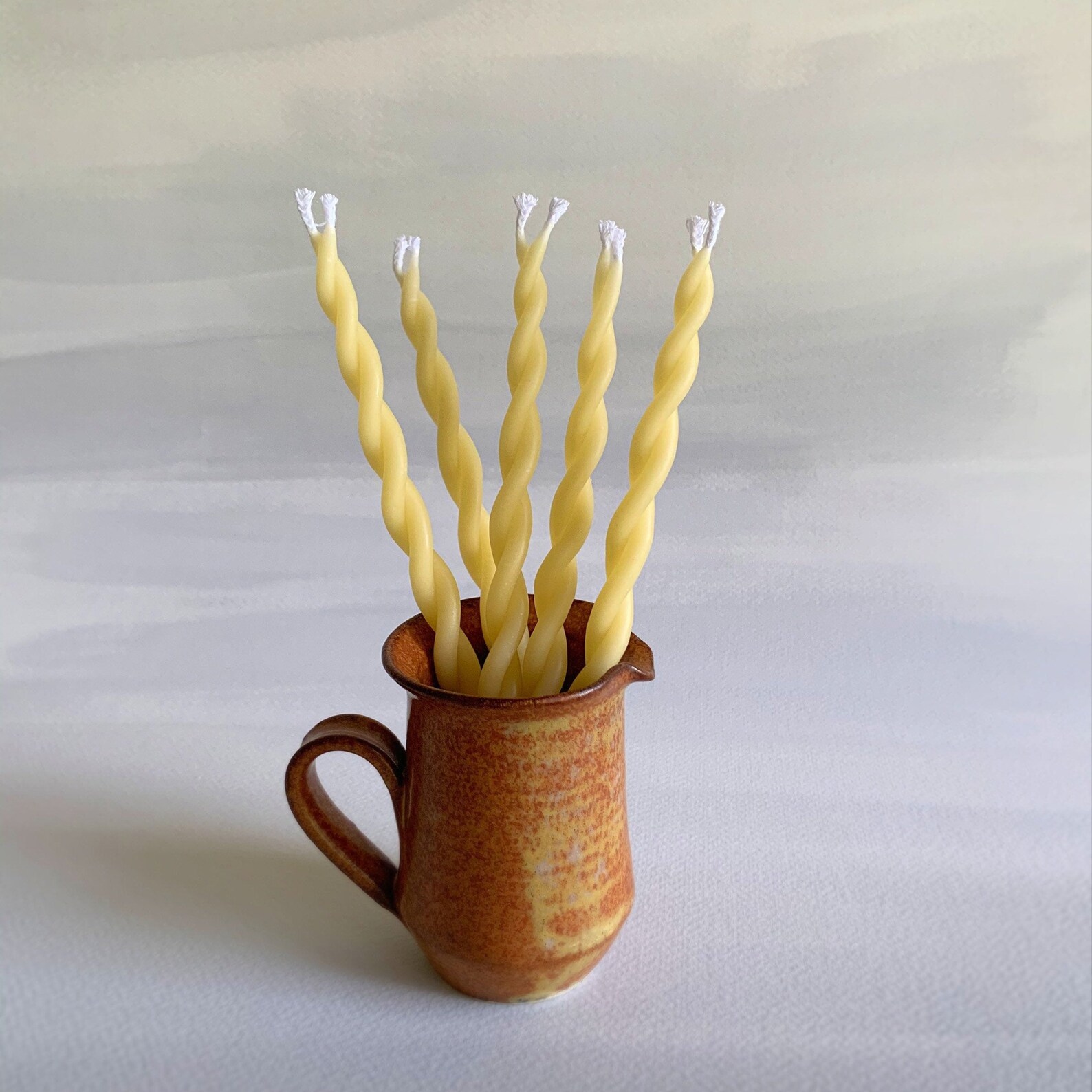
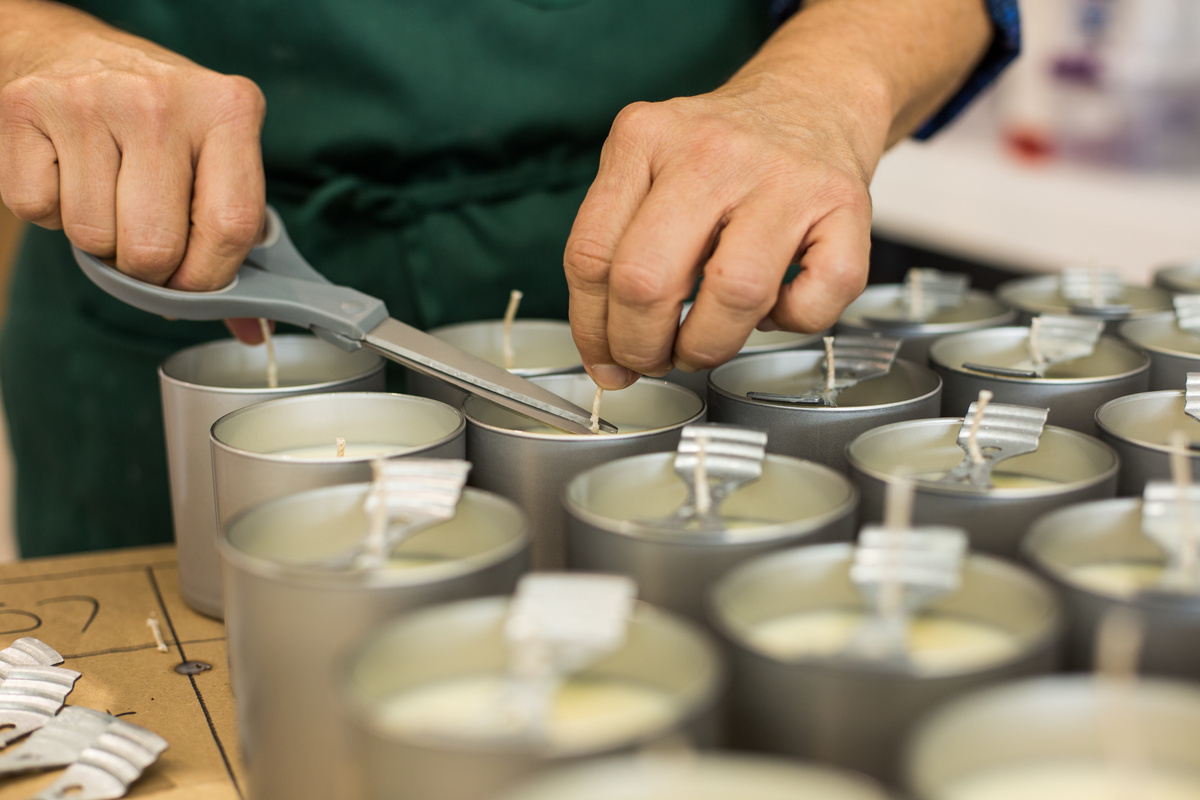
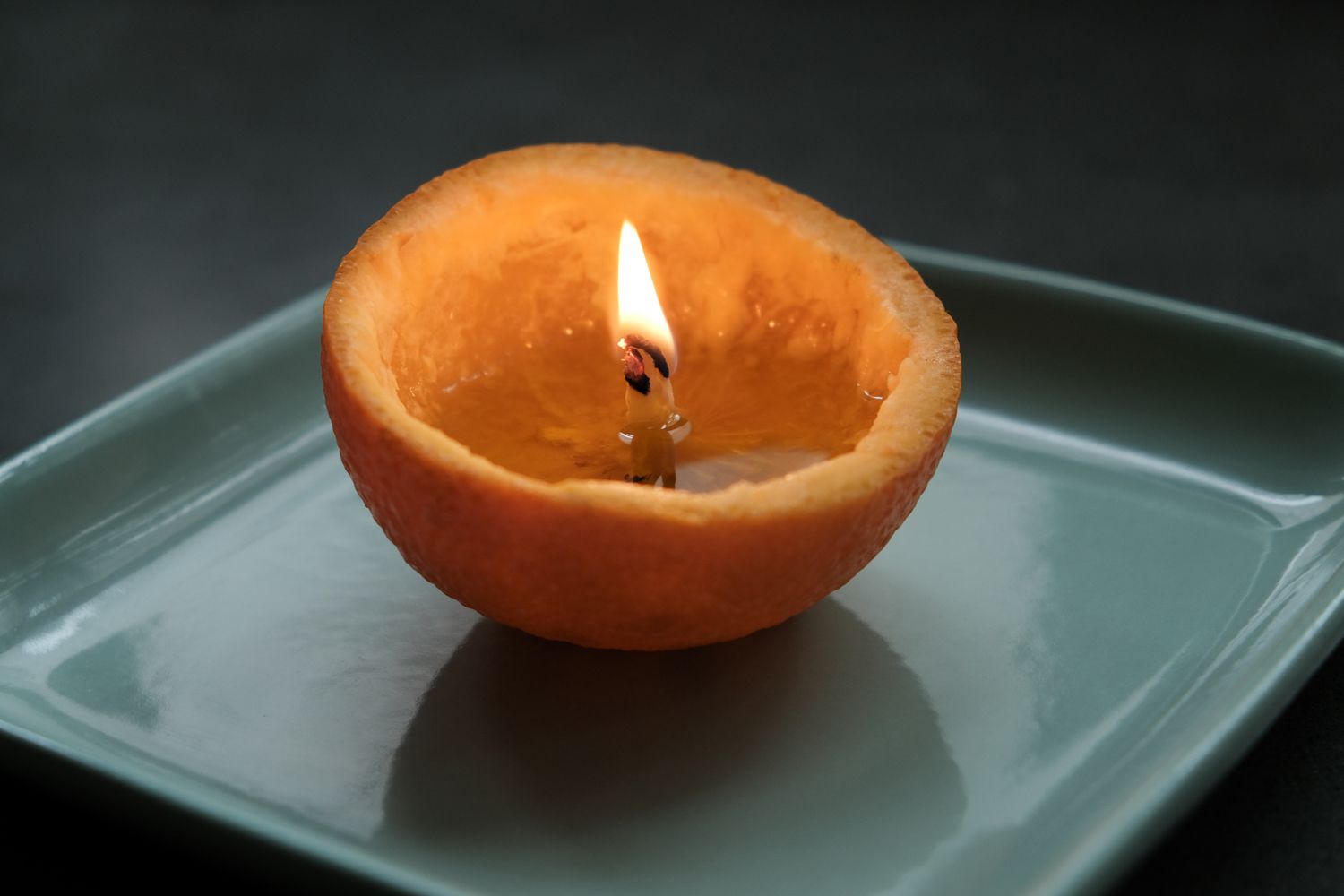
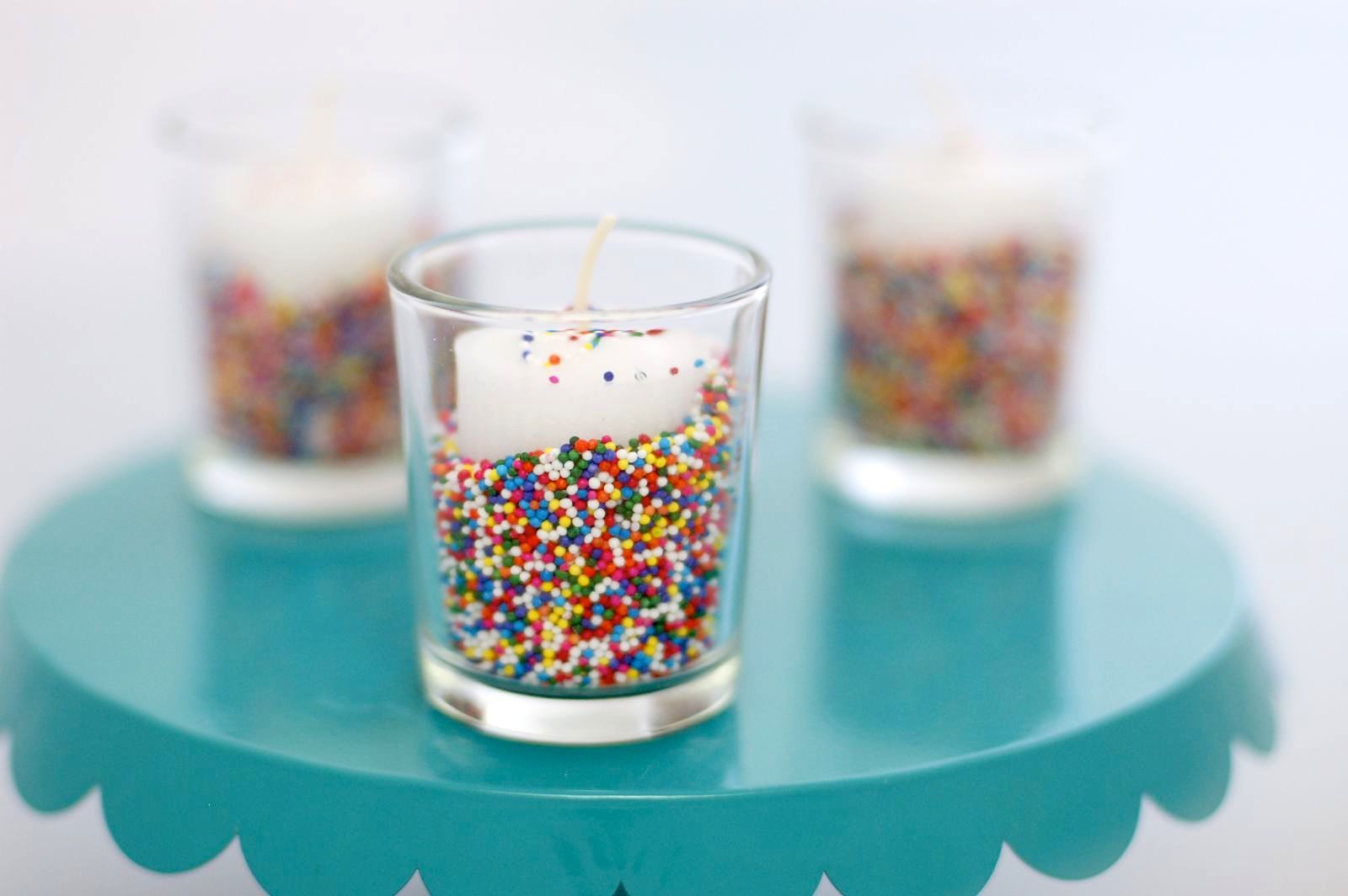

0 thoughts on “How To Make Candles”